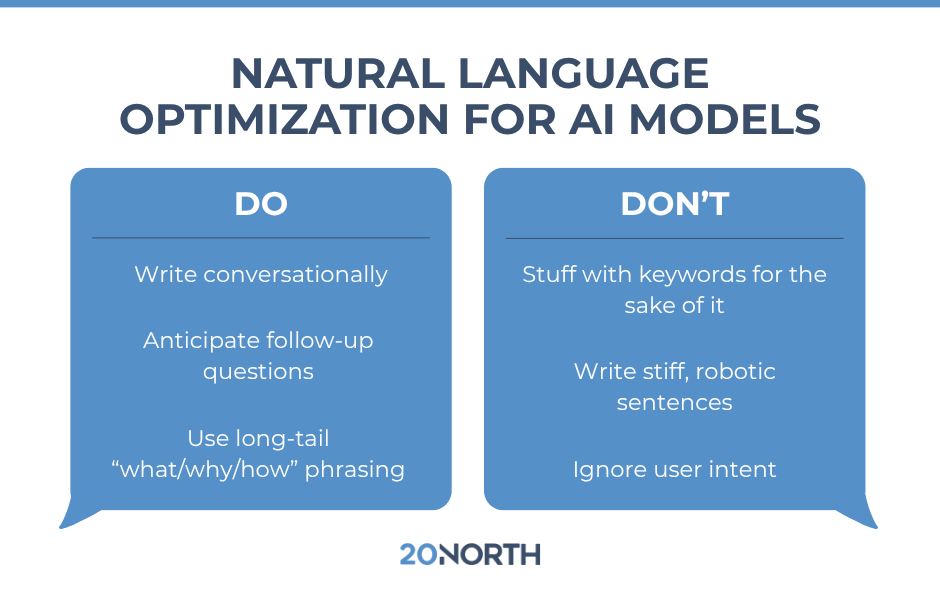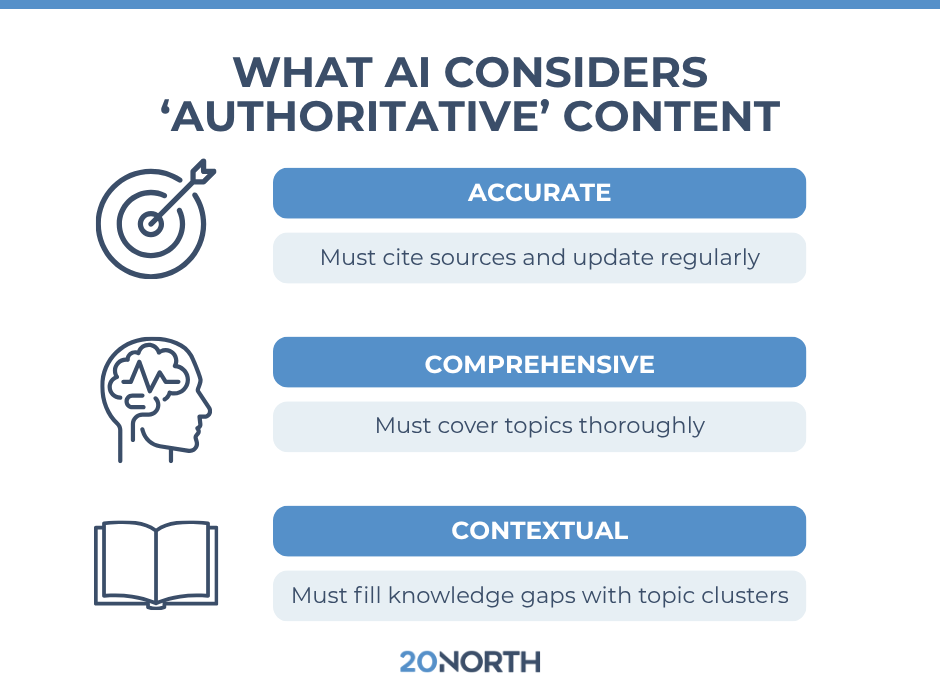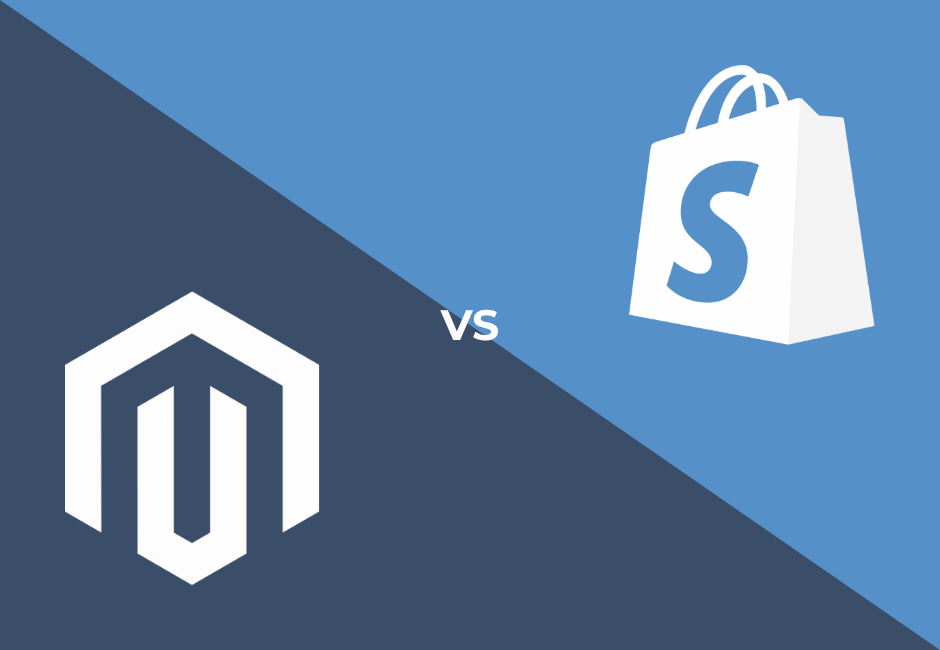Best Practices for AI Visibility SEO: A Guide to Better Rankings

At a Glance: AI visibility SEO represents the evolution of search engine optimization, focusing on how artificial intelligence systems discover, interpret, and present your content in AI-generated responses. As Google's AI overviews and other AI search engines reshape how users find information, businesses must adapt their SEO strategy to maintain visibility across both traditional search results and AI-powered tools.
The rise of generative AI has fundamentally changed how search engines process and deliver information to users. Google AI overviews, ChatGPT, Perplexity, and other AI platforms now synthesize information from multiple sources to provide direct answers, making traditional ranking positions less predictable. This shift from search engine optimization to what many call generative engine optimization or answer engine optimization requires new approaches to content creation, technical implementation, and strategic planning that go beyond conventional SEO tactics.
Understanding How AI Search Engines Process Content
AI-driven search engines use large language models to understand context, intent, and relationships between concepts in ways traditional search engines never could. These systems don't just match keywords; they comprehend meaning, evaluate credibility, and synthesize information from multiple sources to generate comprehensive responses.
When AI models crawl and index your content, they look for clear structure, authoritative information, and logical connections between ideas. Unlike traditional search algorithms that rely heavily on backlinks and keyword density, AI systems prioritize content that demonstrates expertise through depth, accuracy, and clarity. This means your content needs to answer questions thoroughly while maintaining factual accuracy that AI can verify against other sources.
The key to AI visibility lies in understanding that these systems seek to provide users with complete, trustworthy answers rather than just linking to relevant pages. Your content must position itself as a reliable source that AI platforms feel confident citing in their AI-generated answers.

Optimizing Content Structure for AI Recognition
Structured content helps AI systems parse and understand your information more effectively. This goes beyond basic heading hierarchy to include how you organize information within each section.
Key Structural Elements for AI Optimization:
- Use clear, descriptive headings that directly state what each section covers
- Begin paragraphs with topic sentences that summarize key points
- Include definitions for industry-specific terms and concepts
- Create logical flow between sections with transitional statements
- Format lists and step-by-step instructions in easily digestible chunks
Question-and-answer formats perform particularly well for AI visibility because they mirror how users phrase queries and how AI systems structure responses. Consider adding FAQ sections to important pages, but avoid generic questions. Instead, focus on specific queries your target audience actually asks, informed by keyword research and customer feedback.
Tables and structured data help AI platforms extract specific information efficiently. When presenting comparative information, statistics, or specifications, use proper HTML tables rather than images or complex formatting that AI might struggle to interpret.
Implementing Schema Markup for Enhanced AI Understanding
Schema markup provides explicit context that helps AI systems understand not just what your content says, but what it means. This structured data acts as a translation layer between your content and AI models, clarifying relationships, entities, and attributes that might otherwise be ambiguous.
Article schema, FAQ schema, and How-To schema are particularly valuable for AI visibility. These markup types tell AI platforms exactly what type of content you're providing and how different elements relate to each other. Product schema helps AI understand specifications, pricing, and availability for e-commerce content, while Organization schema establishes your business credibility and expertise.
Beyond basic implementation, consider using nested schema to show relationships between different entities on your page. For example, connecting author schema to organization schema demonstrates expertise and authority that AI systems value when selecting sources for AI-generated responses.

Creating Authoritative and Factual Content
AI platforms prioritize content from sources they deem authoritative and trustworthy. Building this authority requires more than just claiming expertise; you must demonstrate it through comprehensive, accurate, and well-researched content.
Start by ensuring all factual claims in your content are accurate and verifiable. AI systems cross-reference information across multiple sources, and inconsistencies or errors can damage your credibility. Include citations for statistics, link to primary sources when referencing studies, and update outdated information regularly.
Depth matters more than ever for AI visibility. While traditional SEO might reward focused pages targeting specific keywords, AI search engines favor comprehensive resources that thoroughly explore topics. This doesn't mean making content unnecessarily long, but rather ensuring you cover all relevant aspects of a subject that users might need.
Building Content Authority:
- Include expert quotes and insights from recognized authorities
- Reference recent studies and industry reports
- Provide unique data or original research when possible
- Update content regularly to maintain accuracy
- Address multiple perspectives on controversial topics
Optimizing for Natural Language and User Intent
Large language models excel at understanding natural language, making conversational content more valuable than keyword-stuffed text. Write as if explaining concepts to an intelligent person unfamiliar with your industry, using clear language while maintaining professional expertise.
Understanding user intent becomes even more critical for AI-driven search. AI platforms attempt to understand not just what users ask, but why they're asking and what they really need to know. Your content should anticipate follow-up questions and provide comprehensive answers that address underlying needs beyond surface-level queries.
Long-tail keywords and conversational phrases gain importance in AI optimization. While traditional search engines might struggle with complex queries, AI search results excel at understanding nuanced questions. Incorporate these natural language patterns into your content without forcing them awkwardly into sentences.

Technical Optimization for AI Crawling and Processing
Page speed and technical performance affect how efficiently AI systems can crawl and process your content. Slow-loading pages or those with rendering issues might be skipped or only partially indexed by AI crawlers operating under computational constraints.
Mobile optimization takes on new importance as AI platforms increasingly prioritize mobile-friendly content. This goes beyond responsive design to include considerations like touch-friendly navigation, readable fonts, and properly sized interactive elements that affect overall user experience signals.
Implement proper URL structure and internal linking to help AI systems understand your site architecture and content relationships. Logical URL paths and descriptive anchor text provide context that helps AI models understand how different pieces of content connect to form comprehensive topic coverage.
Building Entity Recognition and Topic Authority
AI systems understand the web through entities: people, places, things, and concepts that exist independently of keywords. Building strong entity associations helps AI platforms recognize your brand and content as authoritative sources on specific topics.
Create comprehensive topic clusters that demonstrate expertise across related subjects. Rather than targeting individual keywords in isolation, develop interconnected content that covers topics from multiple angles. This approach helps AI systems understand your site as an authoritative resource for entire subject areas.
Consistent entity mentions across your content help AI platforms build associations between your brand and specific topics. Use consistent naming conventions, maintain uniform NAP (name, address, phone) information for local SEO, and create detailed ‘about’ pages that clearly establish your expertise and credentials.

Monitoring and Measuring AI Visibility Success
Traditional metrics like keyword rankings don't fully capture AI visibility. New measurement approaches focus on appearance in AI-generated responses, citation frequency, and brand mentions within AI platform outputs.
Google Search Console provides some visibility into AI overviews performance, though metrics continue evolving. Track impressions and clicks from AI-enhanced search features separately from traditional organic traffic. Monitor which queries trigger AI overviews featuring your content and optimize accordingly.
AI Visibility Metrics to Track:
- Frequency of appearance in Google's AI overviews
- Citations in AI-generated content across platforms
- Brand mentions in conversational AI responses
- Traffic from AI-enhanced search features
- Engagement metrics for AI-surfaced content
Use AI-powered tools to audit your content's AI optimization regularly. These tools can identify gaps in structure, suggest schema improvements, and highlight opportunities to better align with how AI systems process information.
Adapting to Continuous AI Evolution
AI search technology evolves rapidly, requiring continuous adaptation of your SEO strategy. Stay informed about updates to major AI platforms, changes in how they process information, and new features that affect content visibility.
Experiment with different content formats and structures to identify what resonates with AI systems. A/B test different approaches to headlines, content organization, and schema implementation to optimize AI visibility while maintaining strong traditional search performance.
Build flexibility into your content strategy to accommodate emerging AI platforms and search technologies. While Google dominates today, new AI search engines regularly emerge with different approaches to content evaluation and presentation.
Become More AI Visible with 20North
Mastering AI visibility SEO requires a sophisticated understanding of how artificial intelligence systems discover, evaluate, and present information. The best practices outlined here provide a foundation for success, but implementation requires expertise, continuous optimization, and deep understanding of both traditional and AI-driven search engines.
At 20North, we've positioned ourselves at the forefront of AI SEO, helping businesses navigate this new landscape with strategies that deliver results across all search platforms. Our team combines technical expertise with unique content strategies to maximize your visibility in both traditional search results and AI-generated responses. We understand the nuances of optimizing for large language models while maintaining the organic traffic you've worked hard to build. Contact 20North today to discover how our AI SEO expertise can transform your online presence and drive sustainable growth in an AI-powered future.



